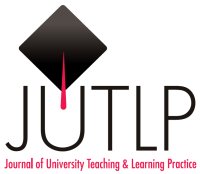| Zusammenfassung: | Large Language Models (LLMs) and conversational-style generative artificial intelligence (AI) are causing major disruption to higher education pedagogy. The emergence of tools like ChatGPT has raised concerns about plagiarism detection but also presents opportunities for educators to leverage AI to build supportive learning environments. In this commentary, we explore the potential of AI-augmented teaching and learning practice in higher education, discussing both the productive affordances and challenges associated with these technologies. We offer instructional advice for writing instructional text to guide the generation of quality outputs from AI models, as well as a case study to illustrate using AI for assessment design. Ultimately, we suggest that AI should be seen as one tool among many that can be used to enhance teaching and learning outcomes in higher education. [Author abstract]
|
|---|


